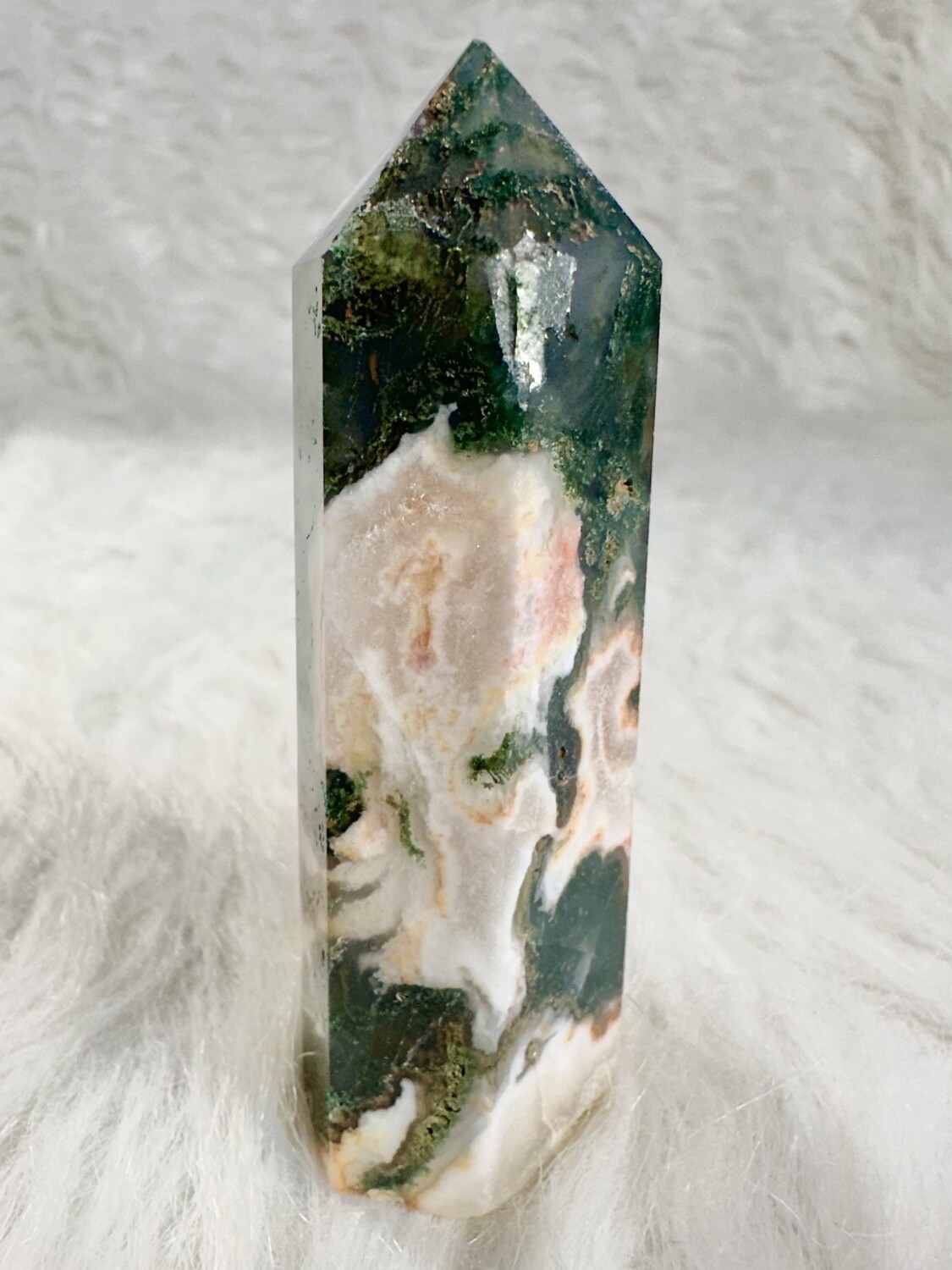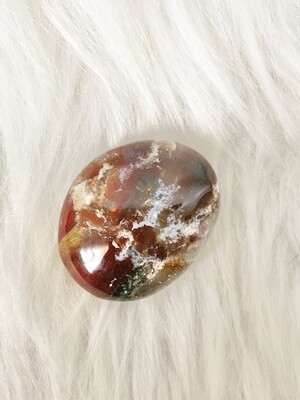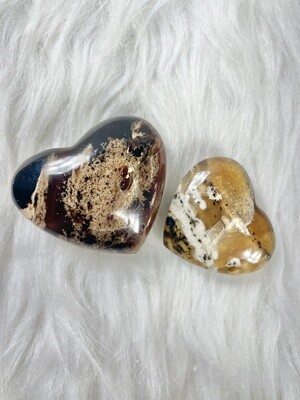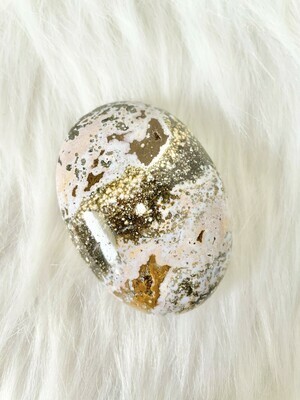Island Fire Carnelian and Moss Agate Tower
$17.00
Sold out
Sold out
Product Details
Carnelian and moss agate often form together through a process known as agate banding. Initially, silica-rich fluids deposit layers of chalcedony, the microcrystalline form of quartz, within cavities of volcanic rocks. Carnelian may be present due to the presence of iron oxide impurities. Moss agate forms when manganese or other mineral inclusions create dendritic or moss-like patterns within the agate. The combination of carnelian and moss agate in a single specimen results from variations in mineral content and conditions during the agate’s formation, producing a beautiful blend of colors and patterns.
Save this product for later
You May Also Like
Powered by Lightspeed
Display prices in:USD






